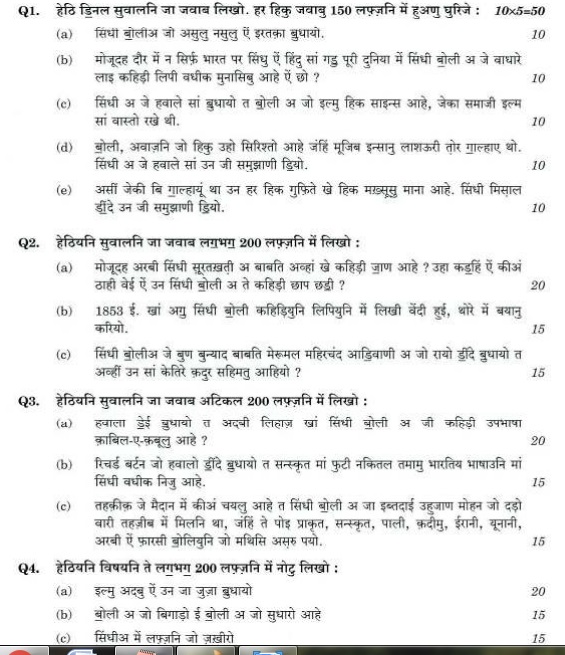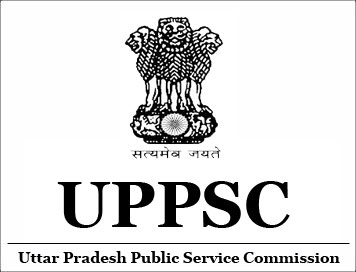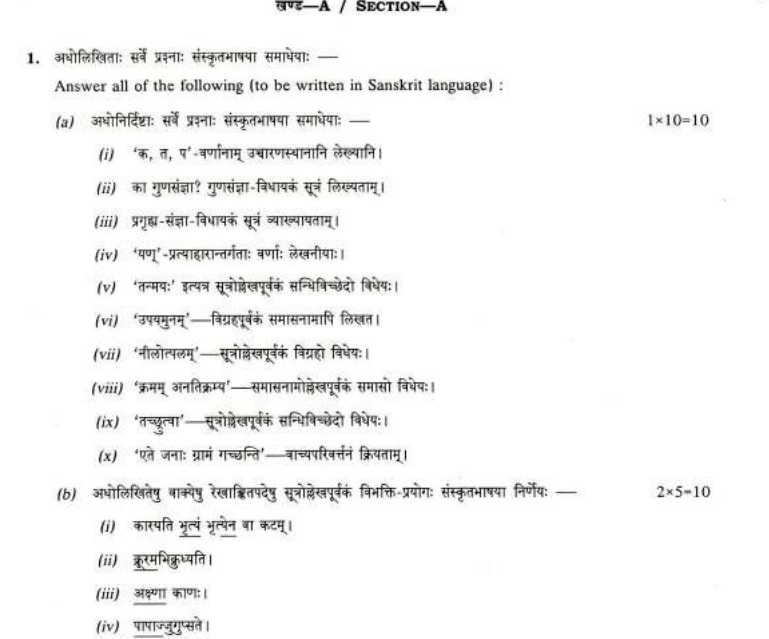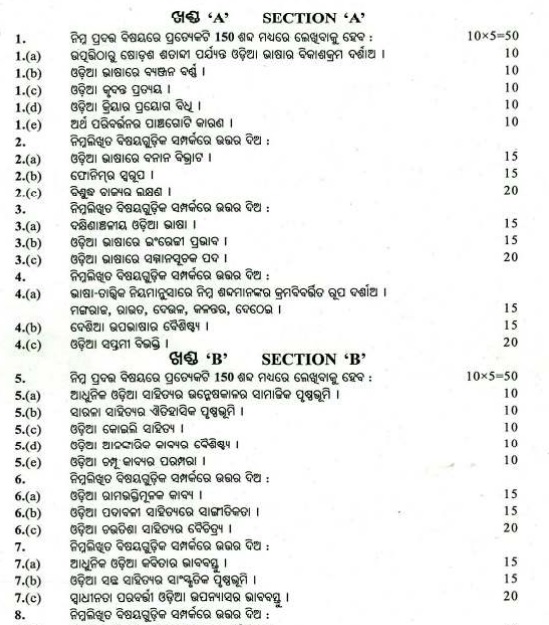Uttar Pradesh State GK Questions (Set-9) for UPPSC Exam
1. How many Maha Janpadas were there in Sixth century in preent Uttar Pradesh?
(a) 8
(b) 15
(c) 19
(d) 11
2. Name the rivers which meet at the border of Uttar Pradesh?
(a) Yamuna, Ramganga, Gomati
(b) Yamuna, Gomati, Gandak
(c) Gomati, Gandak, Kosi
(d) Son, Ghaghra, Gandak
3. Which soil is found in the maximum area in Uttar Pradesh?
(a) Sandy clay
(b) Alluvial clay
(c) Red clay
(d) Red and Black mixed
4. What is mixed in making the Biroja and turpentine oil?
(a) Ral of Sal
(b) Ral of Pine
(c) Ral of Shesham
(d) Ral of Khair
5. In which region is gold found in Uttar Pradesh?
(a) From the river Sharda-Ramganga
(b) From the river Gomati-Ghaghra
(c) From the river Gomati-Sharda
(d) From the river Sharda-Ghaghra










